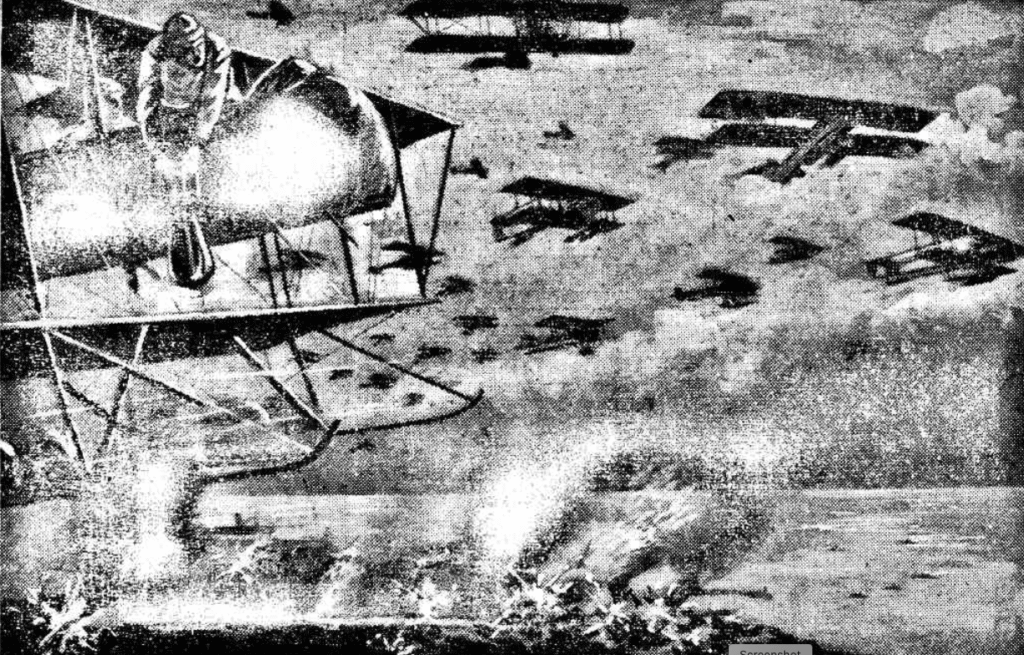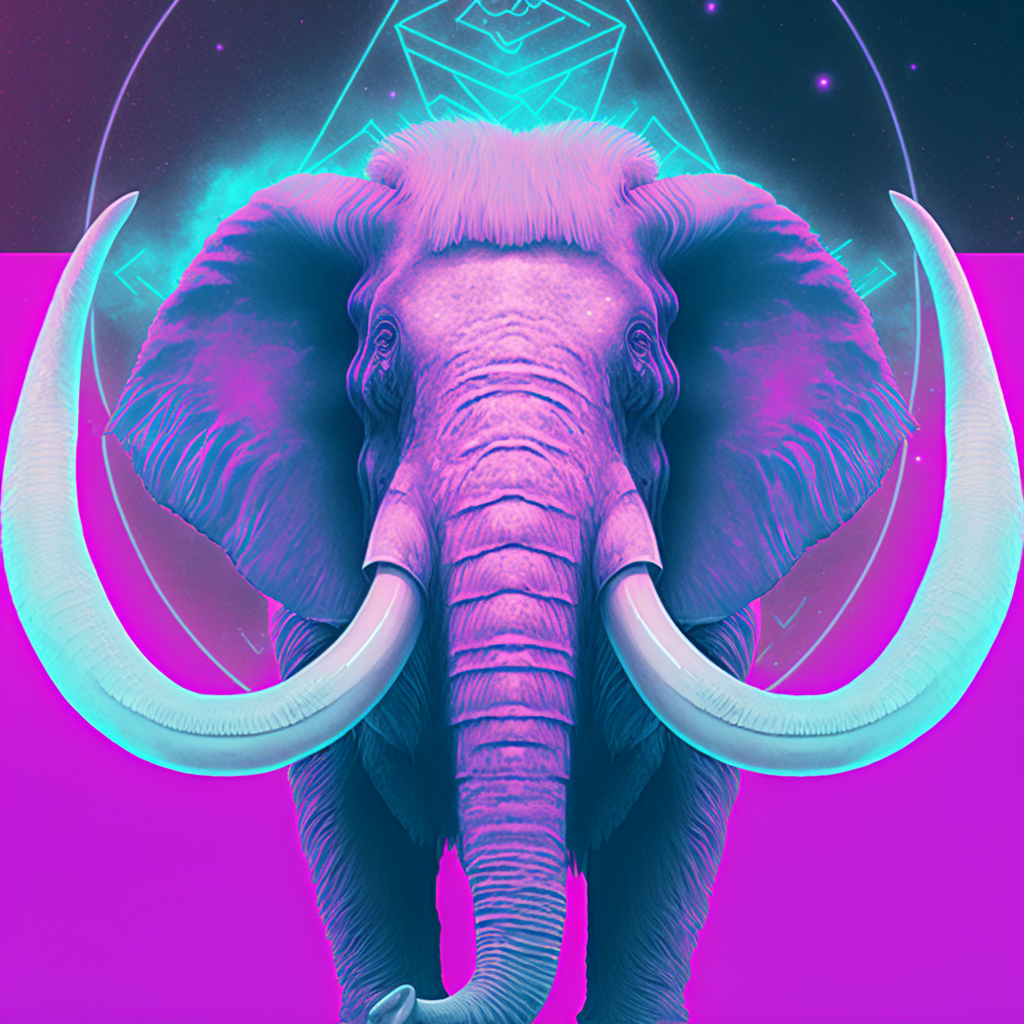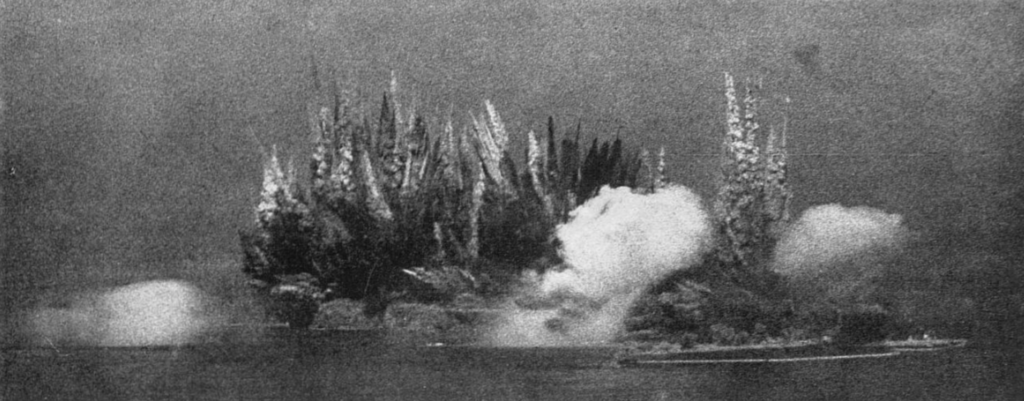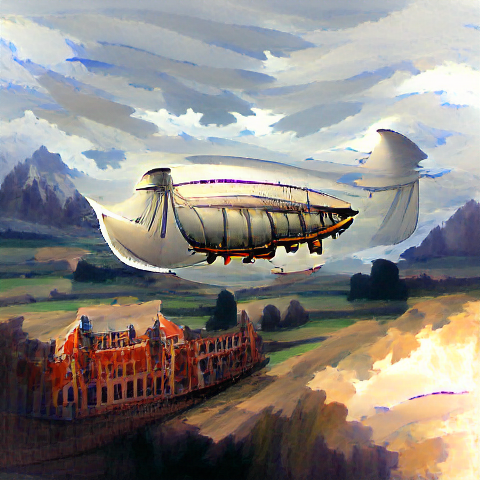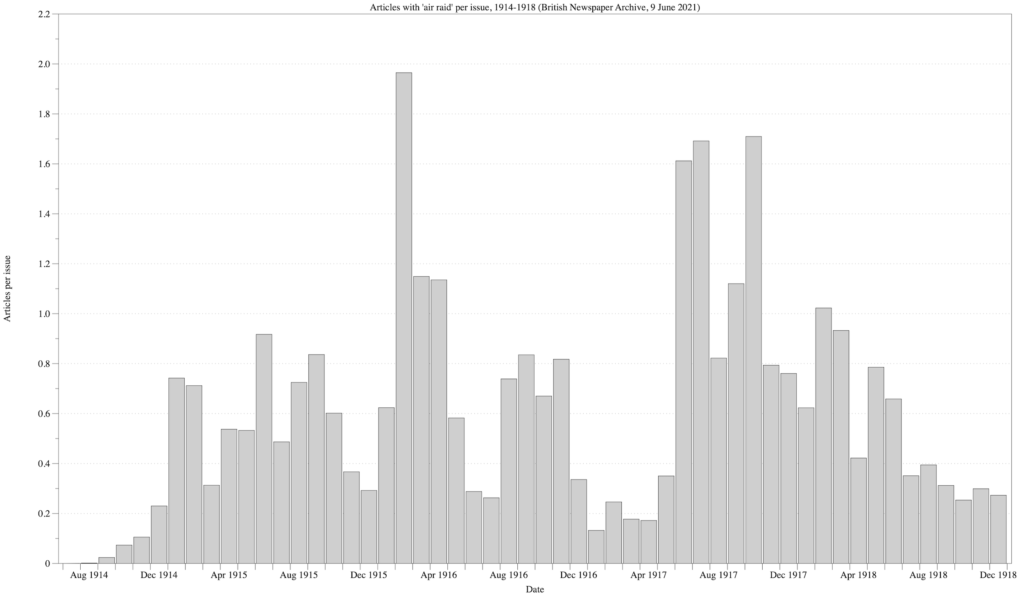Introducing @TroveWW1AirRaidBot
These bots are getting nicher and nicher! @TroveWW1AirRaidBot is a Bluesky and Mastodon bot. Just like @TroveAirRaidBot, it posts Trove newspaper articles containing the phrase “air raid” – with the difference that it only posts those published between 1914 and 1918. The reason for this is because I’ve noticed that @TroveAirRaidBot now posts much more […]


